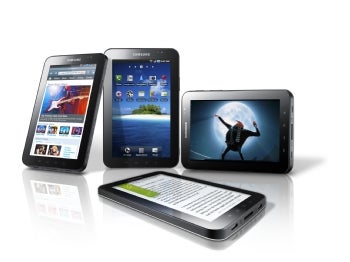
1889: Fusajiro Yamauchi founds Nintendo Koppai in Kyoto, Japan, to manufacture hanafuda, Japanese playing cards.
Western-style playing cards originally came to Japan in the 16th century with Portuguese traders, but over the ensuing three centuries a variety of different card games were created in Japan. The most popular in the late 1800s were hanafuda, cards printed with beautiful, colorful images of flowers. The yakuza often used hanafuda in their illicit gambling halls.
The fact that the cards were often used for gambling was reflected in the name Yamauchi gave to his company. ?Nin-ten-do? is written with characters that mean, roughly, ?luck-heaven-hall,? or the place where you put your fortune in the hands of the gods.
Over the next 60 years, Nintendo became the country?s preeminent maker of playing cards, expanding into making toranpu (?trump,? for Western playing cards) and introducing a number of innovations to the Japanese market. The firm was the first to produce durable plastic-coated playing cards in Japan, and struck a deal to print cards with Disney characters on the backs. This had the effect of widening the market for playing cards, turning a gambler?s tool into a children?s toy.
The Nintendo company stayed in the hands of the Yamauchi family for over a century. Fusajiro Yamauchi?s great-grandson Hiroshi took over in 1949 at the young age of 22.
One of the new president?s first acts was to have all remaining Yamauchi family members fired, so that it would be clear who was in charge. Yamauchi oversaw the expansion of the company out of the playing-card business and into a wide variety of other products, all of which were failures ? until the company moved into electronic toys and games.
Forging a partnership with the hardware maker Sharp that has lasted to this day, Nintendo engineers developed unique electronic toys like the Beam Gun, which used solar cells to let kids imagine they were firing a gun and making targets explode. From there, the company expanded into home and arcade videogames.
Nintendo, to this day, is the predominant playing-card maker in Japan, still producing hanafuda decks, although some of them now have Super Mario characters printed on them instead of flowers.
Source: Wikipedia, Game Over by David Sheff, others
Image: Nintendo poster from late Meiji era/Wikipedia
See Also:
- Oct. 10, 1979: Pac-Man Brings Gaming Into Pleistocene Era
- Nov. 19, 1981: Marcos Regime Puts the Kibosh on Games
- Nov. 13, 1982: Teen Sets 'Asteroids' Record in 3-Day Marathon
- May 5, 1992: 'Wolfenstein 3-D' Shoots the First-Person Shooter
- Sept. 24, 1993: Beautiful 'Myst' Ushers In Era of CD-ROM Gaming
- July 3, 1999: Gobbling Up a 'Pac-Man' Record
- Virtual Boy, Nintendo's Big 3-D Flop, Turns 15
- April 2, 1889: Aluminum Process Foils Steep Prices
- June 3, 1889: Power Flows Long-Distance
- Nov. 14, 1889: Around the World in Only 72 Days
- 1889 Pandemic Didn't Need Planes to Circle Globe in 4 Months
- 1889 Pennsylvania Flood Was as Big as Mississippi River
- Sept. 23, 1846: Neptune Right Where They Said It Would Be
- Sept. 23, 1869: Here Comes Typhoid Mary
LAM RESEARCH L-1 IDENTITY SOLUTIONS KINGSTON TECHNOLOGY COMPANY KEY


 Both of the screenshots here come from the UK, one on the T-Mobile network and the other on 3. A complete lack of reports of this option in the US indicates that tethering on the iPad will follow tethering on the iPhone, and be available only in select markets where the carriers approve. This is far from the first time that an iOS beta has switched on tethering, and it may disappear later.
Both of the screenshots here come from the UK, one on the T-Mobile network and the other on 3. A complete lack of reports of this option in the US indicates that tethering on the iPad will follow tethering on the iPhone, and be available only in select markets where the carriers approve. This is far from the first time that an iOS beta has switched on tethering, and it may disappear later.










